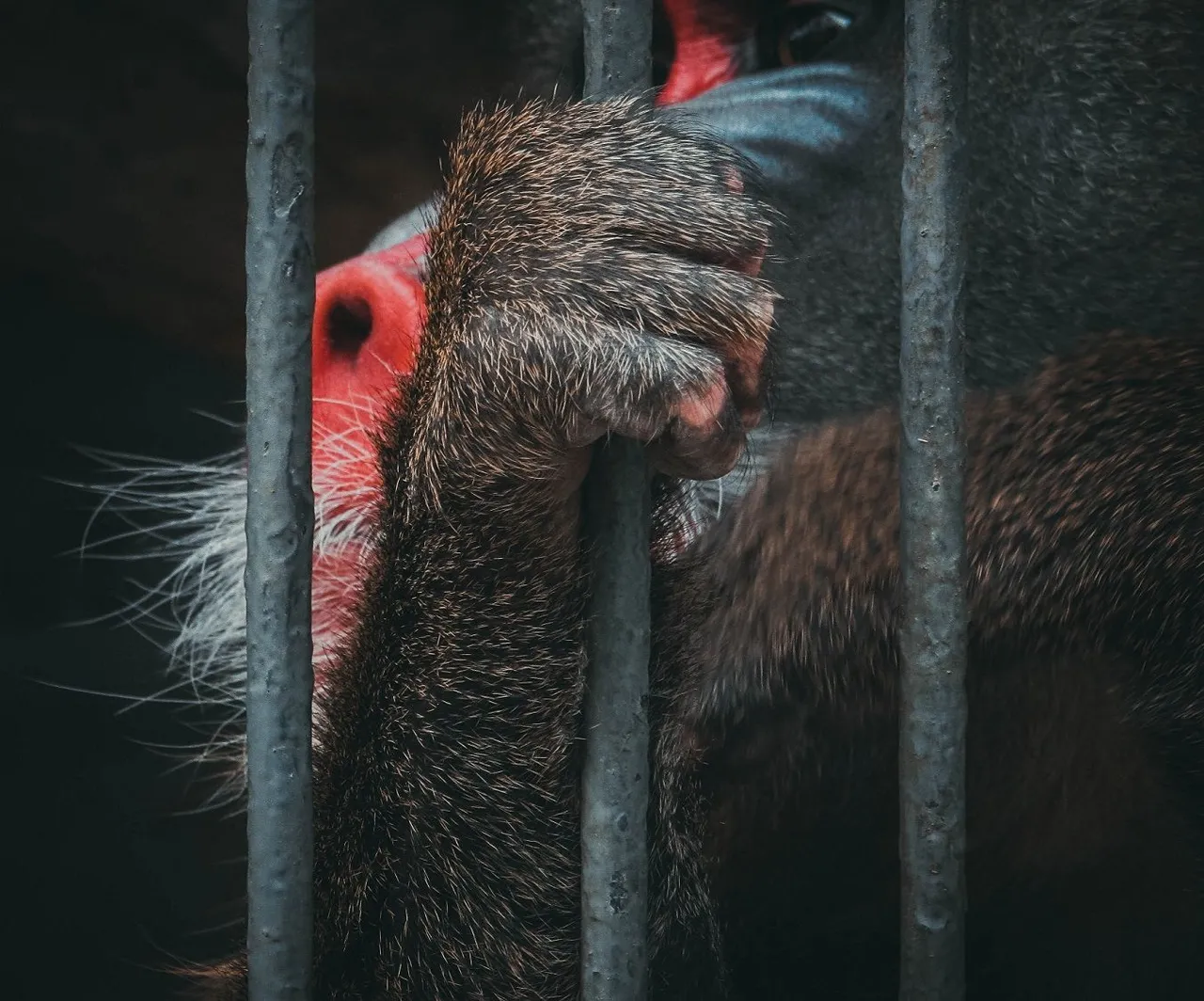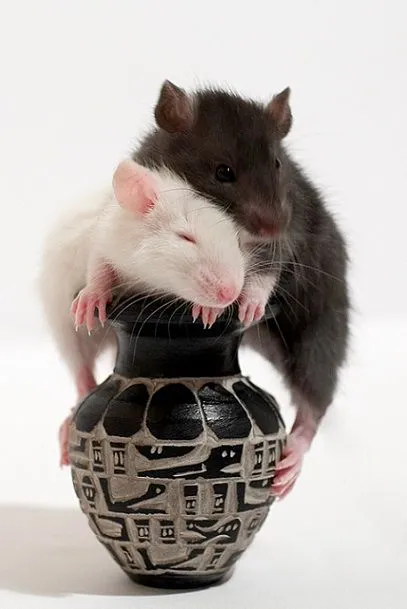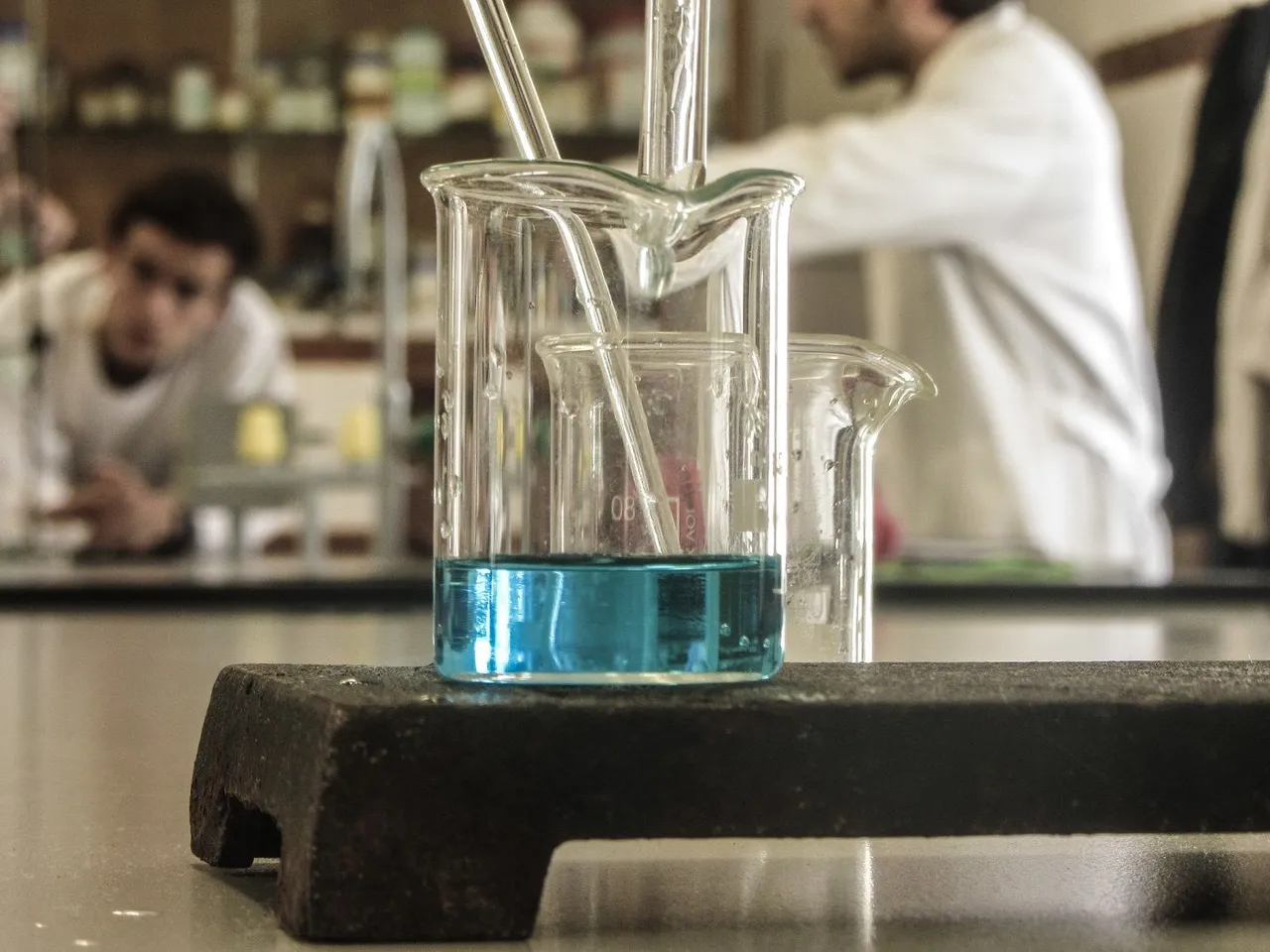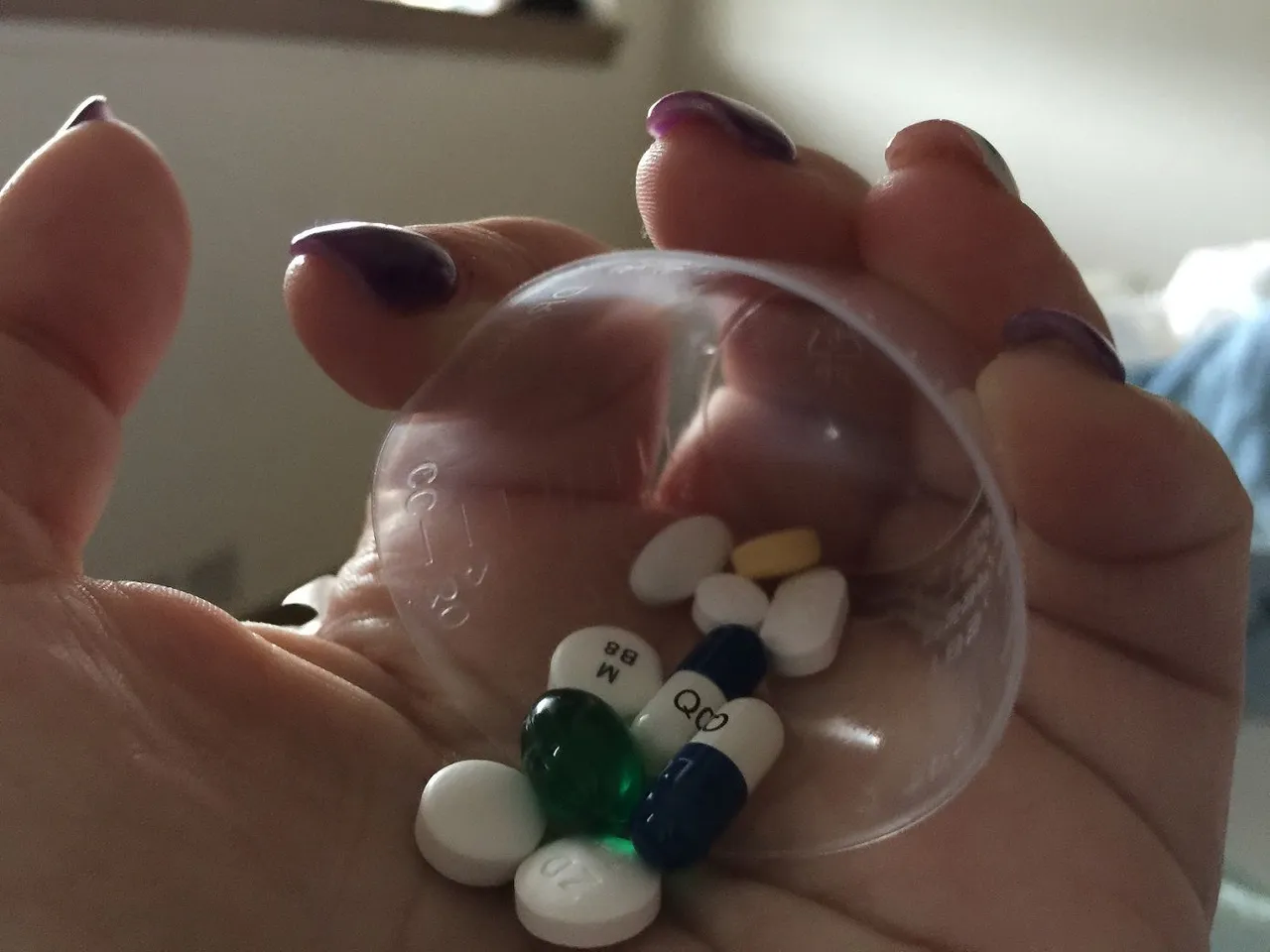
The Monkey Business of Laboratory Animals

This black blotch on humanity deserves at least another fact-based discussion. Why?
Because even going by a conservative estimate, more than 110 million animals are used in lab testing across the world, every year. Some of them are allowed to die a slow death by asphyxiation, some are killed by water deprivation, and some are even left with their eyes open for days using clips, so that the labs can study the effects of their products which are regularly administered to their eyes. Other torture testing scenarios include neck-breaking, inflicting burns, psychological torture, testing of lethal doses of products, and many more worse forms of torture that only humans have the capacity to come up with. Many among us may point out “So what’s the big deal! We kill billions of animals just for food, when we can all go vegetarians and stop that massacre too. If we are comfortable with that, then why not with lab testing?”

And you know what? That does make sense on some level. But, it is only half-truth. Yes, we are all comfortable with animal death. But, animal suffering? Now, that’s a whole another thing. Even slaughter houses are banned from torturing animals before killing them. So, you see, this is not about death. This is about suffering. Are we all morally comfortable being the source of so much animal suffering? This is a very difficult question. A question that we try to avoid by raising an alternate question – is there any other way?
Fine then, if there was any other way, would things be any different? Don’t be so confident of your answer. Here’s why.
Much of the animal testing in labs can be replaced by in-vitro testing. In-vitro means ‘in glass’. The name comes from the fact that in-vitro experiments are conducted in test tubes. Cultures of specific cells can be studied in labs to test their response to various chemicals, products, and conditions, quite similar to how animals are tested. In fact, there is a whole new industry selling cell-cultures for the sole purpose of testing. Human cells are artificially cultured on sheets, for instance, and sold for lab testing. These cell cultures make better test subjects than lab animals because the drugs or cosmetic products are being created for human use in most cases. And, it is not a matter of cost that is always forcing the labs to go for animal testing. Non-animal testing procedures are known to cost ten times lower. That’s right, lower! That’s impressive. This means that the labs do have a strong incentive to give up animal testing.
However, in many countries, it is simply a law to test their products on animals before testing them on humans. That being said, there are some cases, where medical technology is still not evolved enough to offer a better alternative to a living animal body. Complex biochemical structure of the living body offers huge challenges that cannot be replicated in labs. For instance the effect of drugs can be studied only when there is a circulatory system to deliver the drugs to target organs. Moreover, the complexity of biochemistry in the living body is such that a drug that is beneficial to one organ can be lethal to another. So, there is no alternative in some cases, other than to use lab animals for testing.

Although this might mean that we have no other choice except to continue using lab animals for testing, there is another dark side to this industry. Animals make bad test subjects for human drugs. Surprised? But, it’s true. For instance, a sleeping pill caused severe congenital deformities in more than 10,000 children before it was withdrawn. The funny thing was that it passed animal testing with flying colors. Some of the most iconic drugs like aspirin were almost rejected because they failed during animal trials. The point is that the biochemistry, anatomy, physiology, and the very DNA structure of animals is different from that of humans. This difference is minute, but causes drastic changes in the body. So, drugs that are tested on animals often do not give the same results on humans. Now, just imagine how many potential cures for fatal diseases like leukemia, AIDS, heart strokes, and so on may have been rejected only because they didn’t pass animal tests. Let that sink in. That’s a scary thought, isn’t it?
So, let us come back to our original question – are we all morally comfortable being the source of so much animal suffering? Now we know that there are alternative options available before us. In most cases, the alternatives are even more effective than the animal testing methods. So, we can’t hide behind the façade of helplessness. We have no more excuses to save our self-proclaimed moral righteousness, while we simultaneously indulge in morally reprehensive acts. With that in mind, can we still continue to condone the repulsive and appalling torture of hundreds of millions of animals?

Thanks!
Let me know your questions in the comments, and follow if you would like to see more unrelated to cryptos ♥
← Last post | Next post →